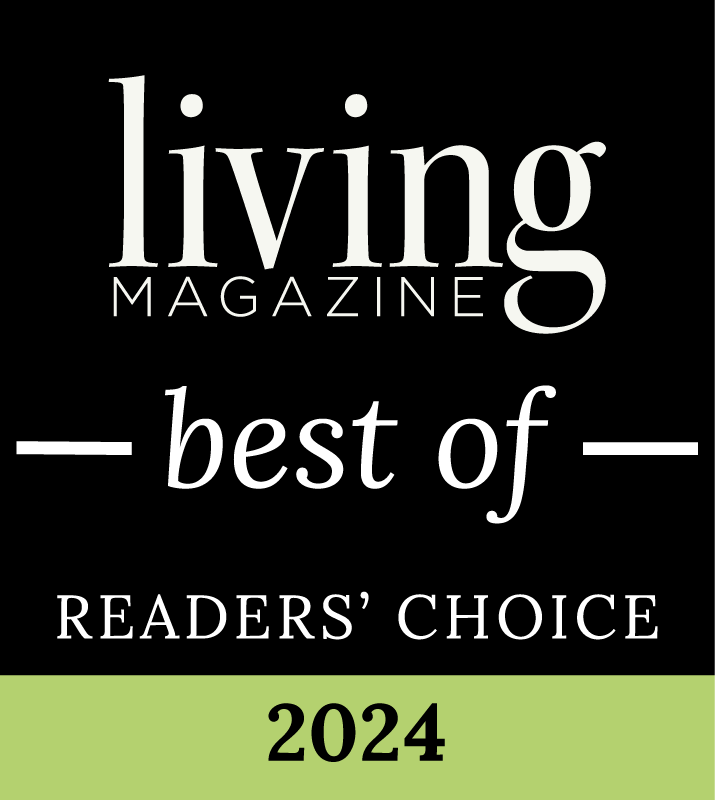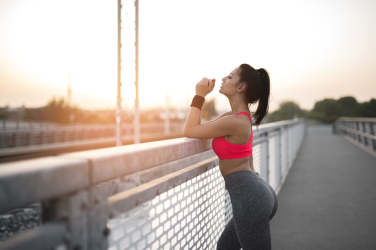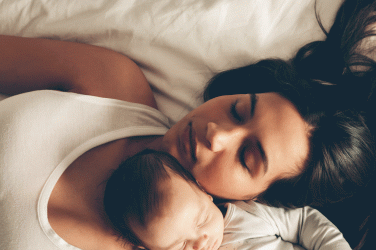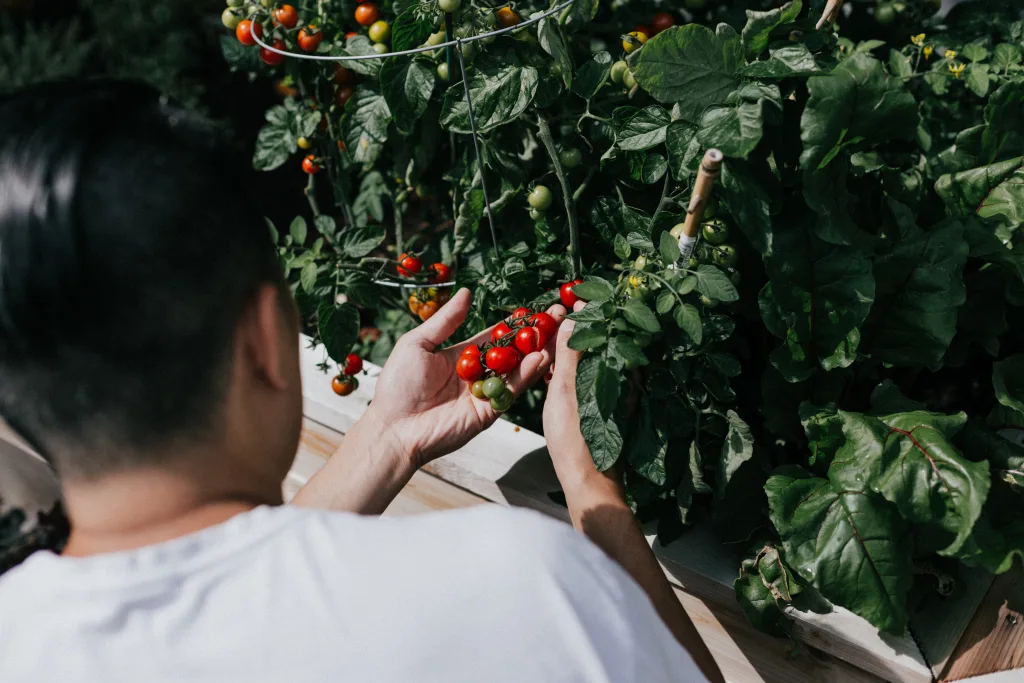
By Annette Brooks
Spring planting is right around the corner, and now is an ideal time to start planning a vegetable garden. Growing vegetables and fruits is healthy, fun, and an innately gratifying way to help you connect with nature. Plus, research suggests that gardening routines like watering, weeding, and harvesting help ease stress, promote relaxation, and can positively impact depression and anxiety.
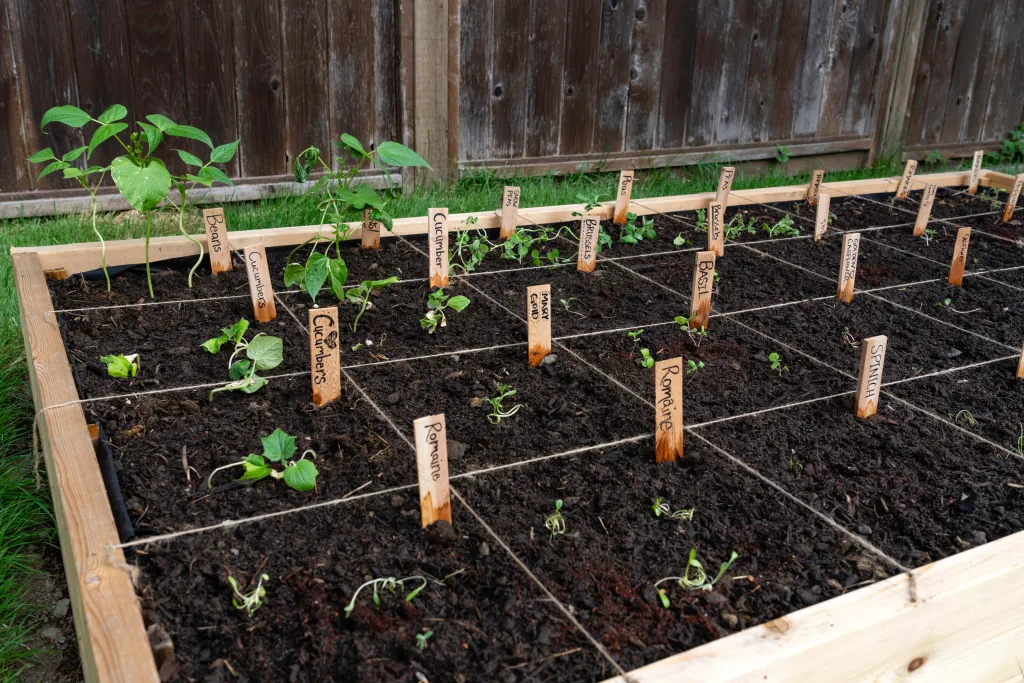
Easy Raised Planter Box Gardening
There’s nothing quite like using your very own just-picked produce in a home-cooked meal or salad. So, why don’t more of us have vegetable gardens? First, there’s hard clay soil in many parts of Texas. Digging up a garden plot with this soil and mixing in bags of fertile topsoil is a backbreaking job. Because of this, standard raised beds are popular, but you must prepare the area first, install the raised beds, and then fill them with a soil mix. You may also decide to place fencing around an in-ground or raised bed to keep out ground-dwelling creatures that love to eat your crops and dig up the dirt.
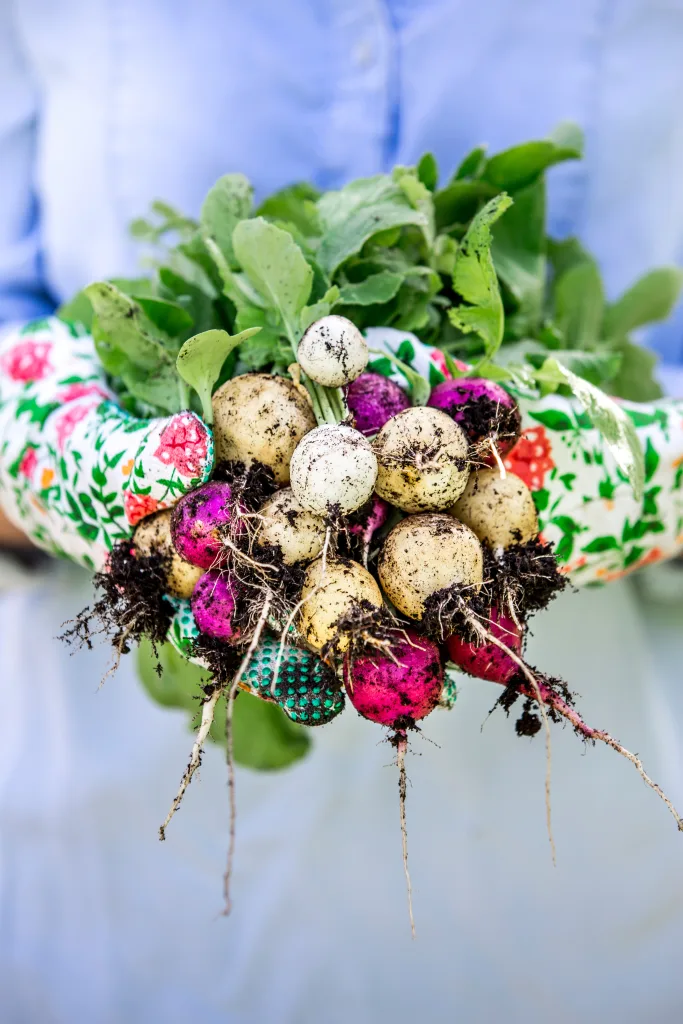
My choice is to use versatile, easy-to-assemble raised cedar planter boxes. Standing on legs, the boxes are almost waist high, which eliminates bending over and getting onto your knees to plant and tend to your garden. Rabbits can’t hold a nibble-fest with a raised planter box, and soil-borne fungal diseases and weeds aren’t a concern. Equally important is the ability to place them anywhere you have the right amount of sunlight, such as a patio or around a pool area. I’ve arranged my raised planter boxes along the edges of our deck, along with stands filled with pots of herbs and flowers.

How to Choose Raised Planter Boxes
Raised planter boxes are an investment you can use for several years with just a little care. Look for planters with sturdy, rust-proof legs and boxes that are made from untreated, naturally rot-resistant cedar. Cedar provides great insulation for soil and plant roots and offers superior drainage and soil aeration compared to metal and plastic boxes.
The size and quantity of raised planter boxes you choose depends on your available outdoor space and how ambitious you are about growing your own produce. Keep in mind that size will also influence what you grow. Certain veggies take up a good deal of space. If planted too close, they may compete for resources like water and sunlight. Boxes can be as small as 18 by 18 inches and as big as 18 by 72 inches or larger. And pay attention to the depth. Root vegetables like carrots, for example, need a container that’s a minimum of 12 inches deep. Potatoes need at least 15 inches of depth for optimal growth.

Raised Planter Box Accessories
Some companies offer handy accessories like arched and pivoting trellises and self-watering planter inserts. If your planter doesn’t automatically come with a water-permeable box liner, include one in your order to avoid soil washing out and making a mess.
You may also want to get custom-fit waterproof, UV-resistant covers with breathable pockets to protect your planters over the winter. In the spring, using a custom-fit greenhouse cover over a planter can extend the growing season, allowing you to plant seeds and seedlings earlier.
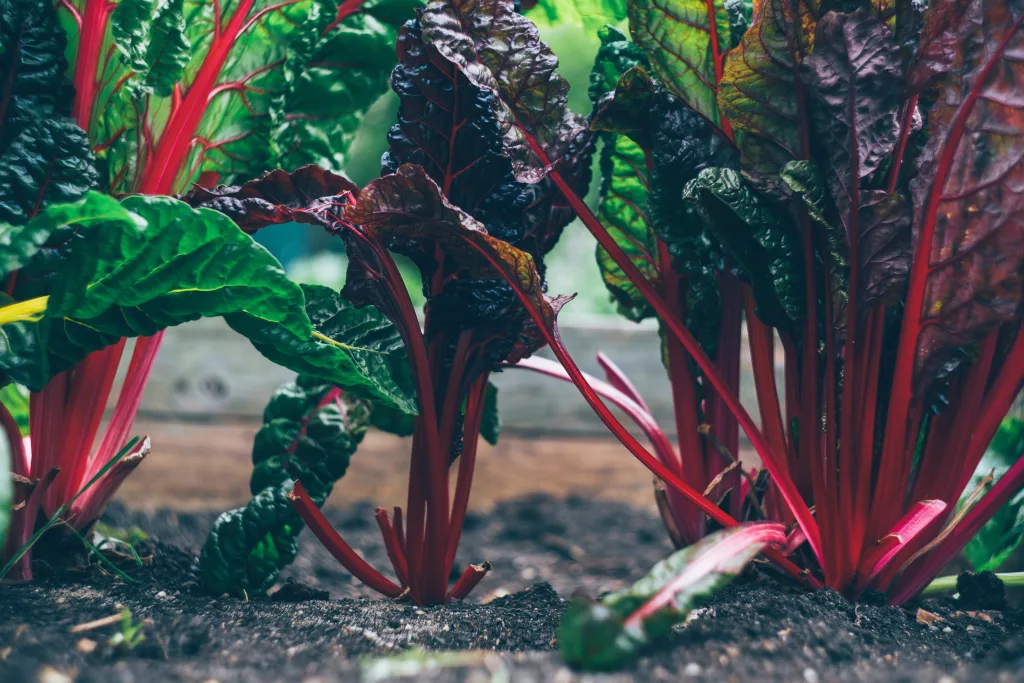
Get Growing
Now that you know more about raised planter box gardening, compare various options online and then make a choice. Before your planter arrives, pick up enough potting soil to fill your planter a few inches from the top. If you’re starting seeds indoors before transplanting them into your planter, there are numerous online guides, including GardenBetty.com/the-no-brainer-guide-to-starting-seeds-indoors/ and Almanac.com/content/starting-seeds-indoors.
What’s the Best Month to Plant a Vegetable Garden?
Planting seeds or transplanting seedlings at the correct time is essential, and the answer depends on what part of Texas you live in. According to Urban Farmer’s Texas vegetable planting calendar (UFSeeds.com), the last frost date in Dallas is around 3/21, and the first is around 11/14. In Houston, the last frost is around 3/1 and the first frost is 11/29.
Determine your USA plant hardiness zone at UFSeeds.com/texas-vegetable-planting-calendar and review the color-coded planting time charts in your zone for a wide variety of plants. There are two growing seasons in Texas— spring and fall — for many vegetables, so you can maximize the use of your beds and enjoy garden-fresh veggies for many months throughout the year.
Read more about planting a garden HERE on LivingMagazine.net




